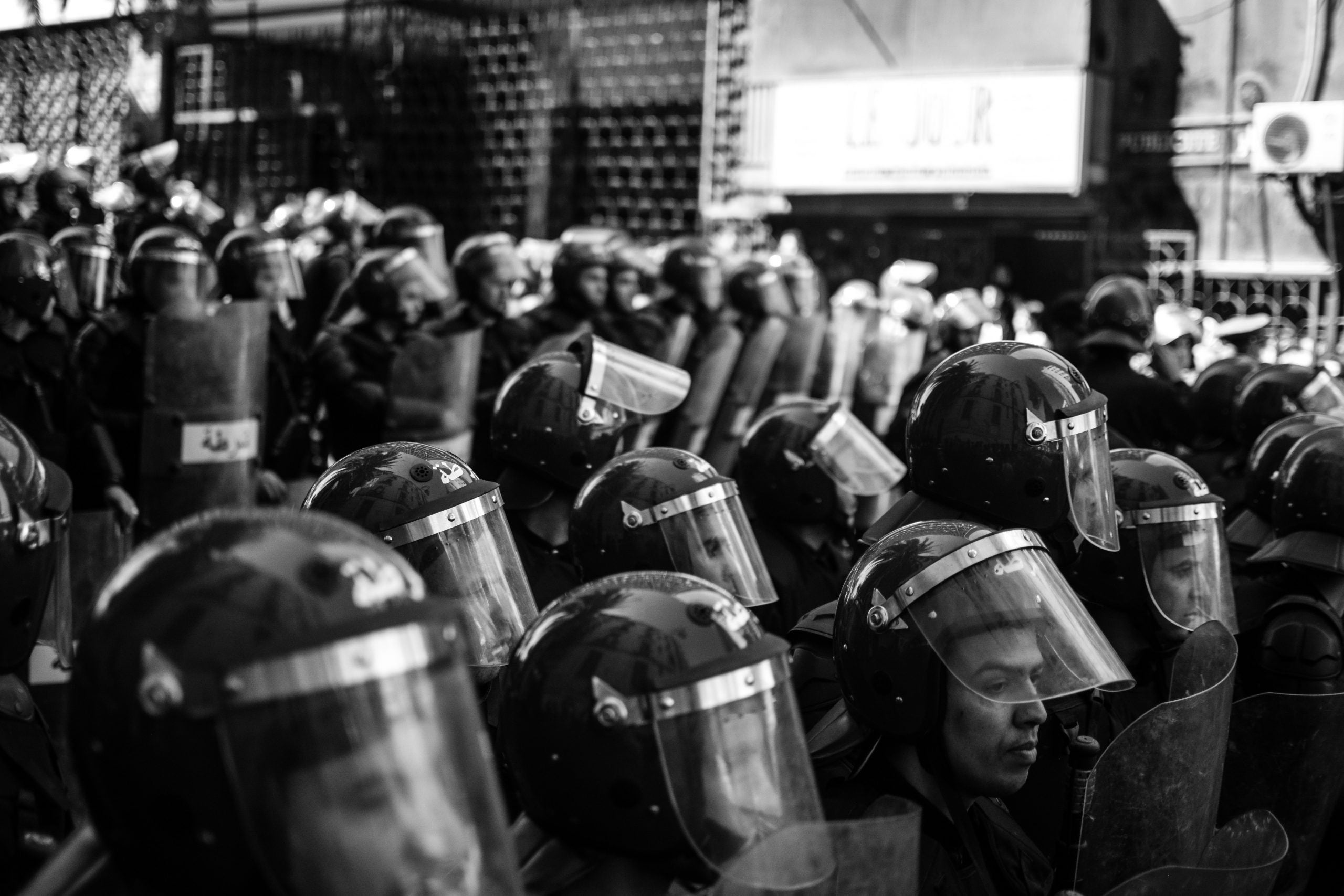Police Use of Body Cameras—What They Can and Cannot Achieve
This post originally appeared in Bloomberg Law on May 11, 2021.
The debate surrounding body-worn cameras by police is not whether they should be used, but rather how they are used, explains Georgetown University assistant professor Andrea M. Headley. Departments need clear operating policies on when cameras should be activated and on public access to footage in order to maximize the efficacy of BWCs.
Body-worn cameras (BWCs) have gained increased prominence over the last decade and have become a normal feature of police life. The push for BWCs has been a result of tenuous relationships between police and communities of color, often but not always due to inappropriate or excessive uses of force by White officers against Black residents.
Generally speaking, the quantitative results on the efficacy of BWCs are mixed—meaning sometimes BWCs lead to positive impacts on officer and civilian behavior and other times there are no effects found.
The BWC evaluation literature suggests that the positive effects of BWCs are context-dependent and implementation-specific, meaning that there are certain conditions that allow for more or less effectiveness. This indicates that what really matters is not whether cameras are used, but how they are used.
Promote Transparency, Accountability
BWCs have been promoted as a means to ensure public transparency and promote accountability. However, inadequate implementation of BWCs impedes these goals.
Key factors governing the use of BWCs include mandatory activation policies, public access to footage in a timely and efficient manner, storage and retention of quality data, standards for monitoring footage regularly, appropriate disciplinary action when evidence is clear, and balancing privacy and limiting the surveillance of vulnerable and marginalized groups/communities.
Most importantly, these practices should be developed with the community’s input. Yet, there is a lack of standardization across police departments with regard to the aforementioned implementation factors, which contributes to differences in BWCs’ ultimate impacts.
Incidents have been reported of officers—intentionally or unintentionally—turning cameras on and off throughout a single encounter (e.g., capturing civilian behavior and response but potentially missing officer actions or muting audio), cameras not working at all in key enforcement encounters, camera footage disappearing after an incident has occurred, and available camera footage not being publicly disseminated.
Of course, technology is not perfect, but it is only as good as the person operating it and the organizational context and policy environment governing its use.
Opposition to Use
Primary opposition to BWCs comes from concerns around cost and utility, which are particularly important for police departments with strained budgets. While fiscal and material resources do matter when evaluating costs and benefits, it is hard to place a dollar amount on the long-term benefits of BWCs.
A recent benefit-cost ratio of BWCs estimated that such technology can ultimately pay for itself if reductions in civilian complaints and use of force—and enhanced public trust, cooperation, transparency, and accountability—are actualized.
BWCs will not and cannot be a panacea for solving the deeply entrenched problems in policing and criminal justice more broadly. They may not prevent all police use-of-force incidents or officer misconduct; they may not automatically improve public trust in communities of color, either.
They can, however, allow for police actions to be publicly scrutinized and provide additional evidence detailing the circumstances of police encounters. That said, what is done with that evidence also matters—an unanticipated outcome of BWC footage has been the use of cameras for evidence collection to try civilians in court and protect officers.
Since BWCs will continue to be implemented, it is important to understand what they can and cannot achieve and why. Currently, a handful of states require that all police departments in their states deploy BWCs (Colorado, Connecticut, Illinois, Maryland, New Jersey, New Mexico, and South Carolina), and thousands of local police departments across the country already have outfitted their officers with cameras.
As state legislation and local policies continue to govern the use of BWCs, it is my hope that we will acknowledge what BWCs can and cannot achieve, examine the intentions and uses undergirding BWCs in police departments, and have clear recommendations for best practices that lead to maximizing the efficacy of BWCs for the public.
This column does not necessarily reflect the opinion of The Bureau of National Affairs, Inc. or its owners.
